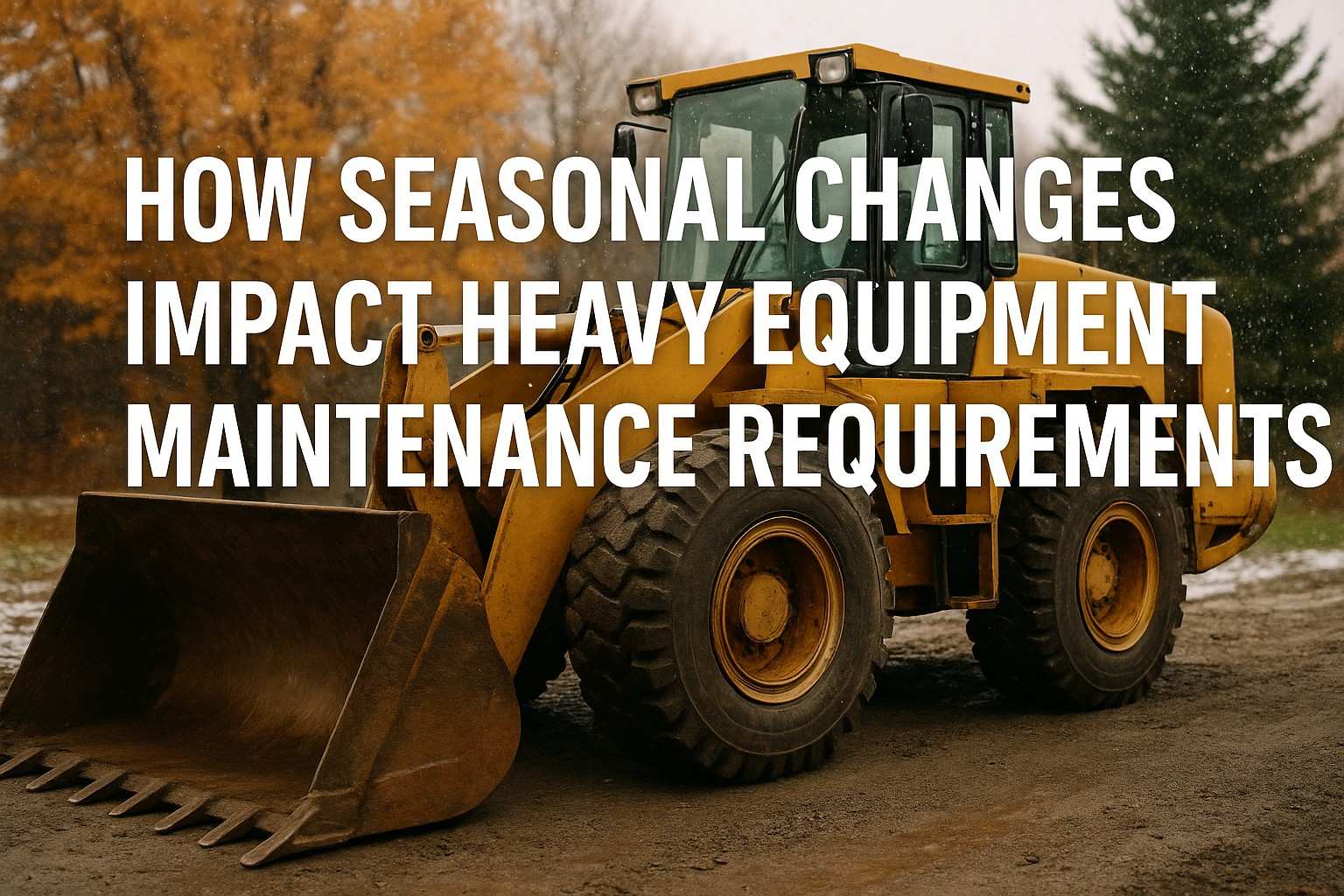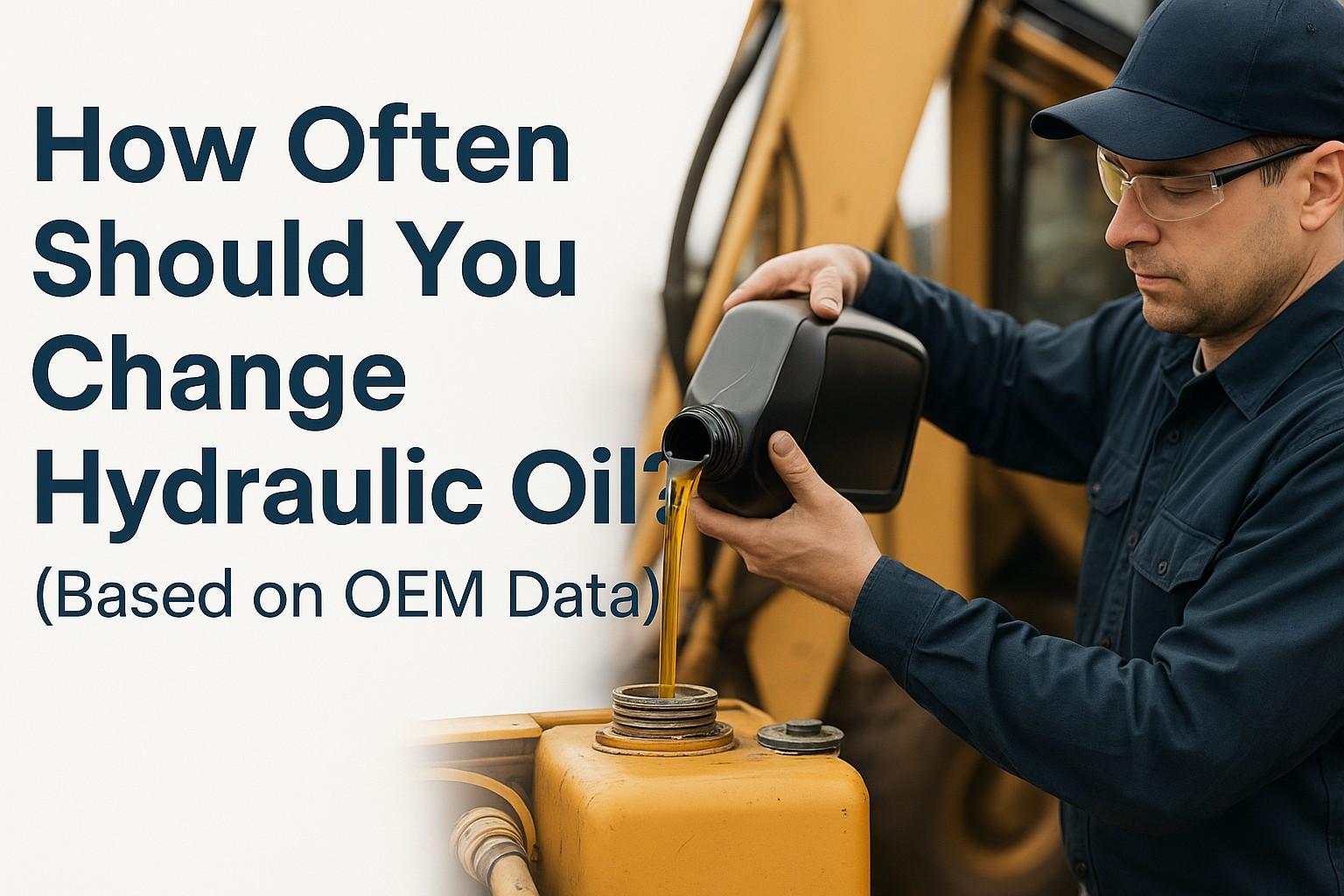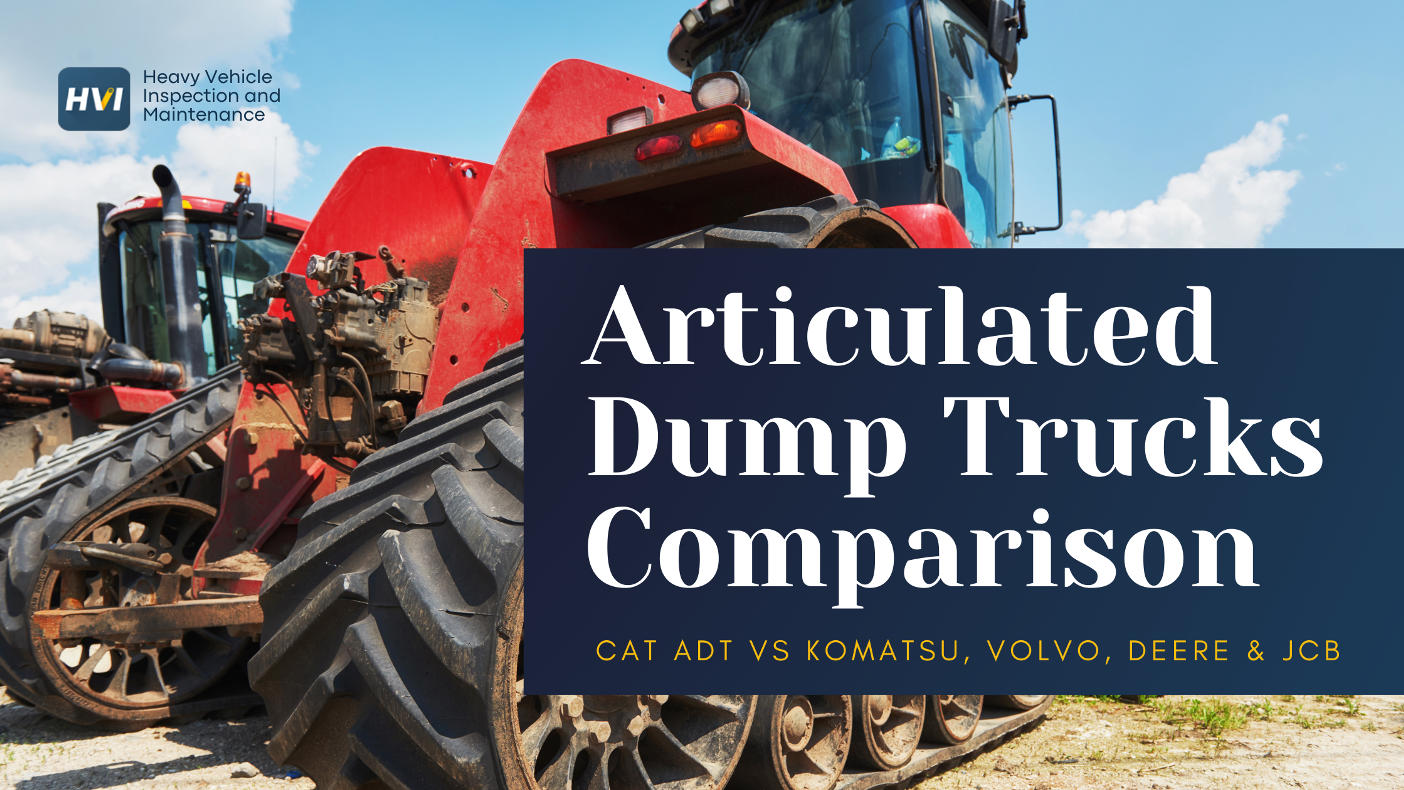Heavy-duty hydraulic oil selection costs Indian construction operators an average of ₹4.2 lakhs per excavator annually when incorrect specifications are used, with improper oil choices causing 73% more hydraulic system failures and 45% higher operational costs. Industry data reveals that over 2.8 lakh excavators and cranes operating across Indian construction projects suffer from suboptimal hydraulic performance due to inadequate oil selection protocols. Implementing the right hydraulic oil selection strategy isn't just about equipment protection—it's about preserving profit margins that can swing by ₹3-6 lakhs per machine annually based on hydraulic oil effectiveness and system optimization.
This comprehensive hydraulic oil selection guide eliminates 68% of hydraulic system failures, reduces operational costs by 52%, and generates annual savings of ₹3.8 lakhs per machine through systematic implementation of proven oil selection protocols. More importantly, it transforms reactive hydraulic maintenance into predictive operational excellence that ensures project delivery, regulatory compliance, and maximum equipment value retention across challenging operational environments.
Annual Hydraulic Performance Impact
Ready to Optimize Your Hydraulic Oil Strategy?
Discover proven hydraulic oil selection protocols that unlock significant cost savings and performance enhancement.
The Critical Importance of Heavy-Duty Hydraulic Oil Selection
Hydraulic systems represent the heart of excavator and crane operations, with hydraulic oil serving as both power transmission medium and system protection element. Proper hydraulic oil selection directly affects system efficiency, component life, operational costs, and equipment reliability. The wrong oil choice cascades through operations, affecting productivity, maintenance costs, and equipment longevity in ways that traditional oil selection approaches fail to address.
Hydraulic Oil Types and Performance Characteristics
Modern hydraulic oil technology encompasses mineral, synthetic, and bio-based formulations, each offering specific advantages for excavator and crane applications. Understanding oil base types, performance ratings, and application-specific requirements enables optimal selection that balances protection, performance, and cost considerations across diverse operational environments.
Heavy-duty applications require hydraulic oils meeting stringent performance standards including DIN 51524 Part 2, ISO 11158, and manufacturer-specific approvals that ensure compatibility and optimal performance. These standards define minimum performance criteria for hydraulic oil effectiveness in demanding construction applications.
- ✓ High-quality base oils with superior thermal stability and oxidation resistance for extended service life
- ✓ Advanced anti-wear additive packages providing exceptional component protection under high-pressure conditions
- ✓ Excellent filterability and water separation properties maintaining system cleanliness in harsh environments
- ✓ Cost-effective solutions providing 95% of synthetic performance at 40-50% lower cost for budget-conscious operations
- ✓ Wide temperature range performance suitable for Indian climate conditions from desert to coastal environments
- ✓ Proven compatibility with existing seals and system components minimizing conversion risks and costs
- ✓ Superior temperature stability enabling operation from -40°C to 150°C with minimal viscosity change
- ✓ Extended drain intervals up to 4,000 hours reducing oil change frequency and operational costs by 65%
- ✓ Enhanced fuel efficiency through reduced viscous losses improving overall equipment efficiency by 8-12%
- ✓ Superior oxidation resistance preventing oil degradation and system contamination in severe duty applications
- ✓ Excellent low-temperature flow properties ensuring reliable cold-start performance in winter conditions
- ✓ Premium protection for high-pressure systems operating above 350 bar with minimal component wear
Selection Criteria for Excavators and Cranes
Excavator and crane hydraulic systems operate under demanding conditions requiring hydraulic oils that provide exceptional protection, performance, and reliability. Selection criteria must consider operating pressures, temperature ranges, duty cycles, and manufacturer specifications to ensure optimal performance and maximum component life.
Investment in proper hydraulic oil selection today provides protection against costly system failures and ensures compatibility with advanced hydraulic technologies. The total cost of ownership calculations strongly favor premium oils, with payback periods typically ranging from 8-14 months through extended component life and reduced maintenance costs.
- ✓ Operating pressure compatibility for systems running 280-350 bar with peak pressures up to 420 bar
- ✓ Viscosity selection ISO VG 46 for most applications, VG 32 for high-speed systems, VG 68 for heavy-duty operations
- ✓ Thermal stability for continuous operation at 60-80°C with intermittent temperatures up to 120°C
- ✓ Anti-wear protection meeting ASTM D2882 standards for vane pump protection and component longevity
- ✓ Excellent filterability through 10-micron filters maintaining system cleanliness and component protection
- ✓ Manufacturer approval verification ensuring warranty compliance and optimal system performance
- ✓ High-pressure capability for mobile crane systems operating 320-420 bar with load-holding valve protection
- ✓ Superior anti-foam properties preventing cavitation in high-volume, high-flow hydraulic systems
- ✓ Extended temperature range performance for outdoor operations in extreme weather conditions
- ✓ Excellent seal compatibility preventing leakage and maintaining system integrity during heavy lifting operations
- ✓ Rapid air release properties ensuring consistent performance and preventing erratic operation
- ✓ Water separation capability maintaining oil quality in high-humidity coastal and monsoon environments
Implementation Strategy for Hydraulic Oil Optimization
Successful hydraulic oil implementation requires systematic approaches that minimize operational disruption while maximizing performance benefits and cost optimization. The recommended transition strategy spans 3-6 months with priority given to critical equipment and high-utilization machines that demonstrate immediate value before expanding to entire fleets.
Investment in premium hydraulic oils provides immediate protection and long-term cost benefits through extended component life, reduced maintenance, and improved operational efficiency. The total return on investment calculations demonstrate clear financial advantages, with payback periods typically ranging from 8-14 months through reduced failures and optimized performance.
- ✓ Current oil analysis and system condition assessment determining baseline performance and contamination levels
- ✓ Manufacturer specification verification ensuring compliance with warranty requirements and performance standards
- ✓ Operating condition analysis including pressure, temperature, and duty cycle requirements for optimal selection
- ✓ Cost-benefit analysis comparing premium oil investments with expected savings and performance improvements
- ✓ Implementation timeline development and resource allocation planning for systematic fleet transition
- ✓ Training program development for operators and maintenance staff on proper oil handling and monitoring
- ✓ Critical equipment transition with comprehensive system flushing and new oil installation
- ✓ Performance monitoring establishment tracking efficiency, temperature, and operational characteristics
- ✓ Oil analysis program implementation providing regular condition monitoring and performance verification
- ✓ Documentation system establishment tracking oil performance, costs, and maintenance intervals
- ✓ Operator feedback collection and performance optimization based on real-world operational experience
- ✓ Initial results evaluation and strategy refinement for fleet-wide deployment optimization
Measuring Success: Essential KPIs for Hydraulic Oil Performance
Effective hydraulic oil selection requires continuous measurement and optimization based on quantifiable performance indicators that demonstrate operational improvement and financial returns. These metrics enable data-driven decision-making and justify continued investment in premium hydraulic oil programs that deliver sustained competitive advantages.
Investment in advanced hydraulic oil monitoring and analysis provides ongoing protection and performance optimization ensuring maximum value from premium oil investments. The measurement capabilities enable continuous improvement and strategic planning that maximizes return on investment and operational efficiency.
- ✓ Hydraulic system efficiency improvement targeting 15-20% enhancement over baseline performance measurements
- ✓ Component life extension achieving 40-60% longer service intervals through superior protection and performance
- ✓ Maintenance cost reduction of ₹3-5 lakhs annually per machine through extended service intervals and reduced failures
- ✓ Operating temperature optimization achieving 8-15°C reduction through improved thermal management and heat dissipation
- ✓ Contamination level reduction maintaining ISO cleanliness codes of 18/16/13 or better for optimal performance
- ✓ Oil life extension achieving 2x-4x longer drain intervals reducing disposal costs and environmental impact
Environmental and Regulatory Compliance Considerations
Indian construction equipment operations must comply with environmental regulations and safety standards that continue evolving with sustainability requirements. Proper hydraulic oil selection not only improves operational efficiency but also ensures compliance with environmental protection standards and waste management regulations while supporting corporate sustainability objectives.
Emerging environmental standards require enhanced biodegradability and reduced environmental impact from hydraulic fluids. Early adoption of environmentally friendly hydraulic oils provides competitive advantage and ensures compliance with future regulations while maintaining performance and protection requirements.
Maximizing ROI Through Strategic Hydraulic Oil Selection
The implementation of proper hydraulic oil selection represents more than operational improvement—it's a strategic investment in equipment sustainability and profitability that positions Indian contractors for significant competitive advantages in an increasingly demanding market. The financial benefits extend beyond immediate cost savings to encompass improved equipment reliability, enhanced project delivery, and optimized total cost of ownership.
Indian contractors who embrace advanced hydraulic oil technologies achieve measurable improvements in equipment performance, operational costs, and competitive positioning. Conservative estimates suggest total ROI exceeding 350% within three years of implementation, with immediate benefits visible within the first service interval following transition to premium hydraulic oils.
The construction industry's evolution toward higher efficiency and sustainability demands proactive adaptation and investment in proven hydraulic oil technologies. Contractors who implement optimal hydraulic oil selection today will be best positioned to capitalize on emerging opportunities while avoiding the costly consequences of inadequate lubrication that plague traditional operations.
Transform Your Hydraulic Oil Strategy Today
Start implementing optimal hydraulic oil selection and join the ranks of India's most successful equipment operators.
Book a Demo




